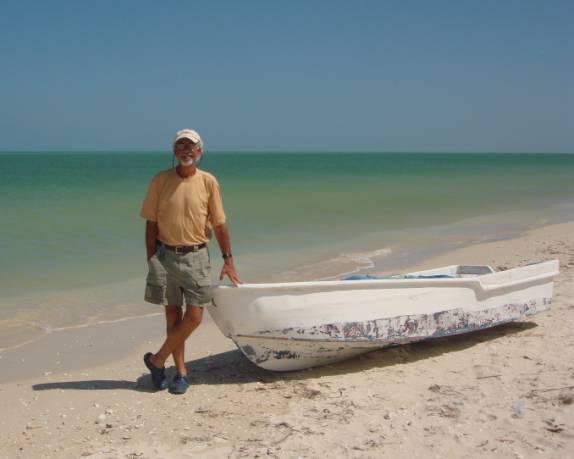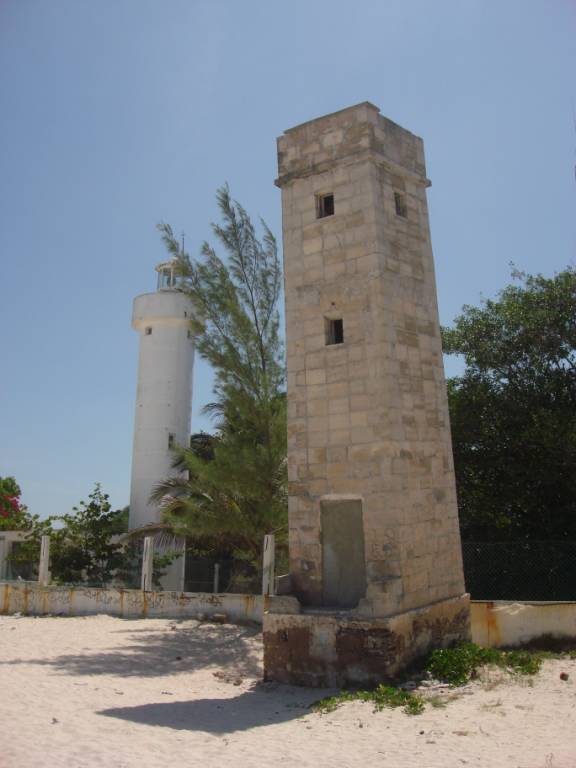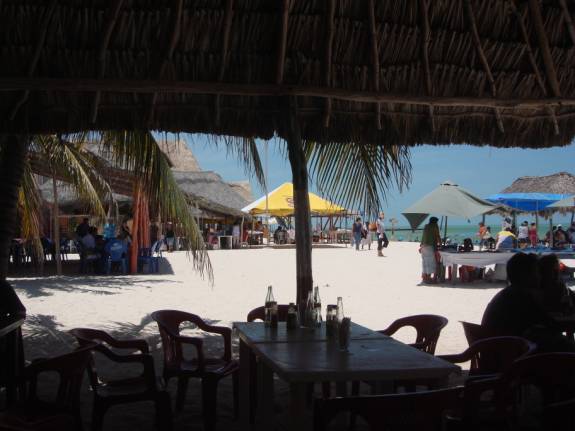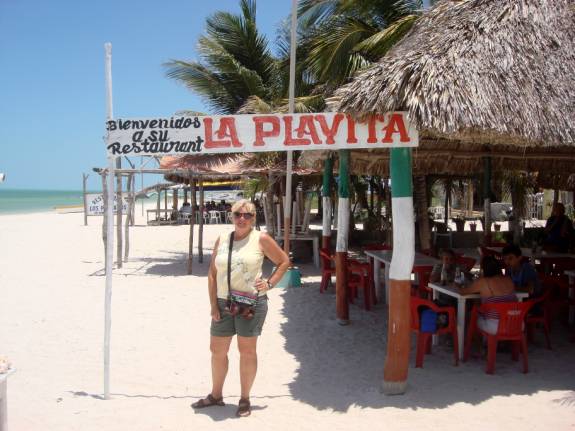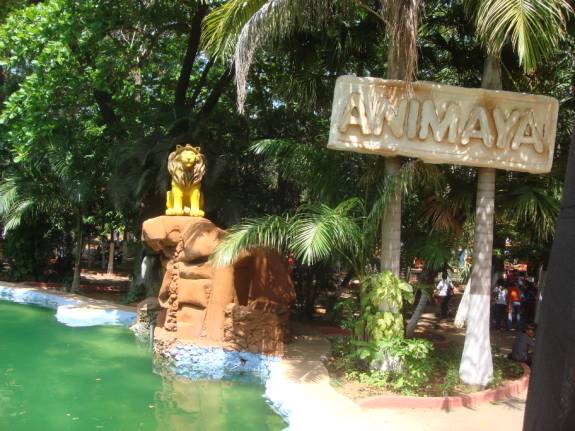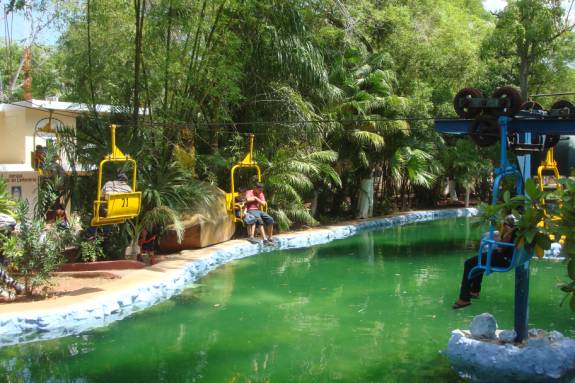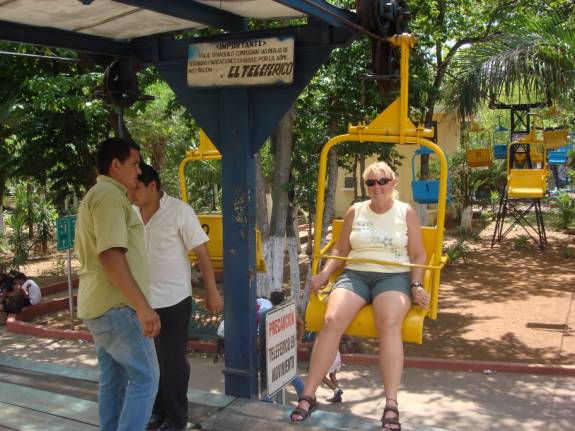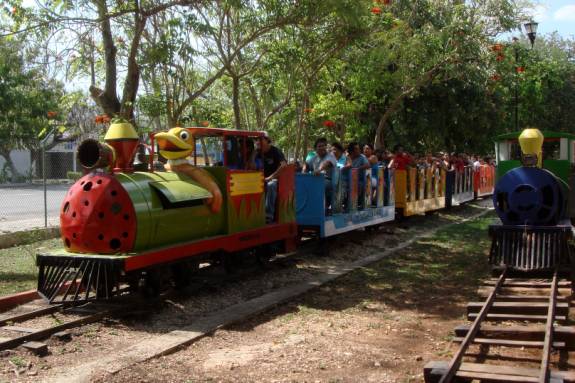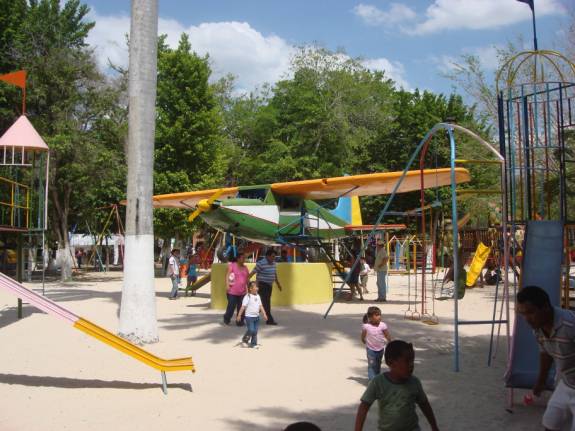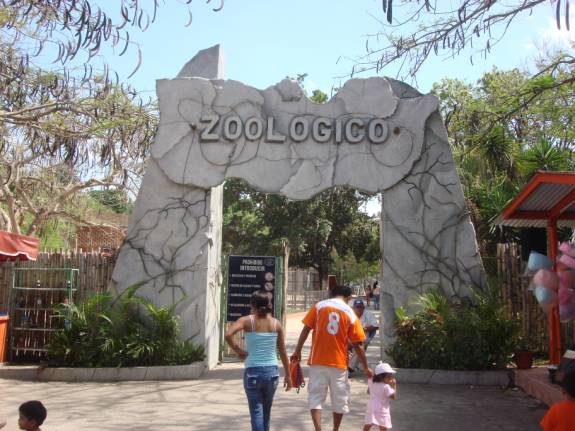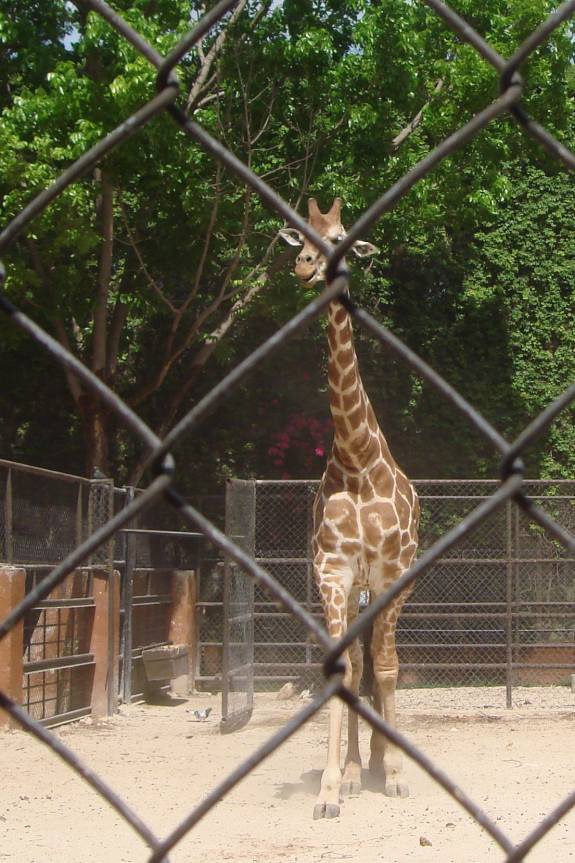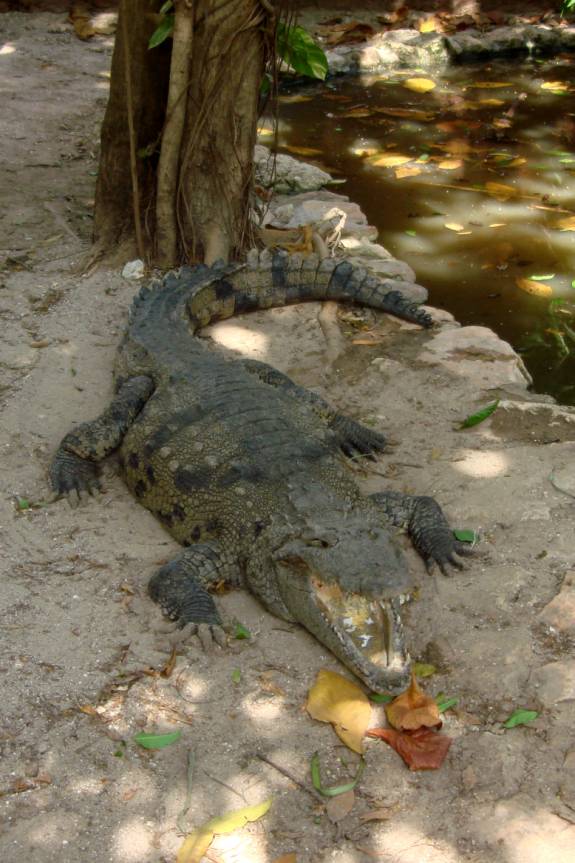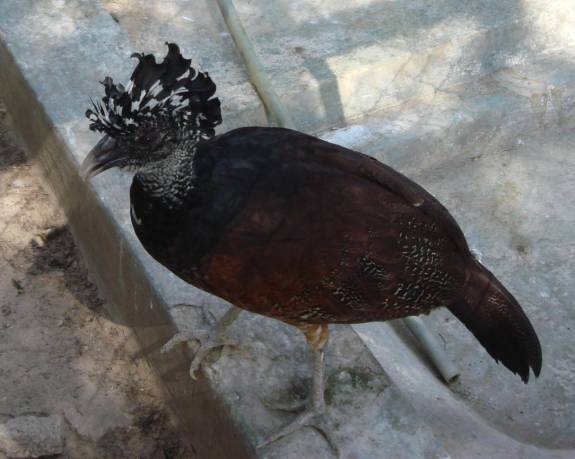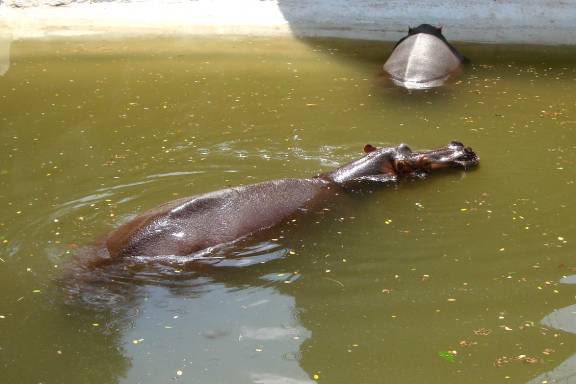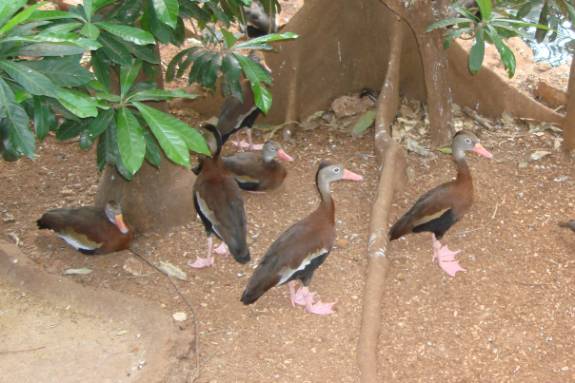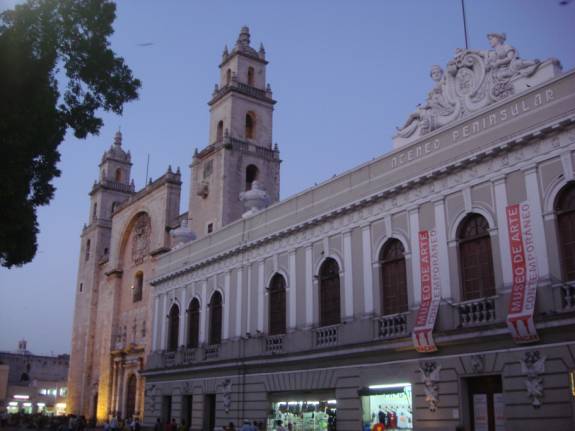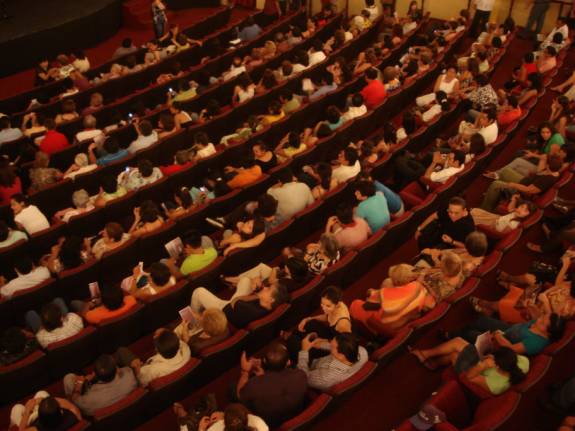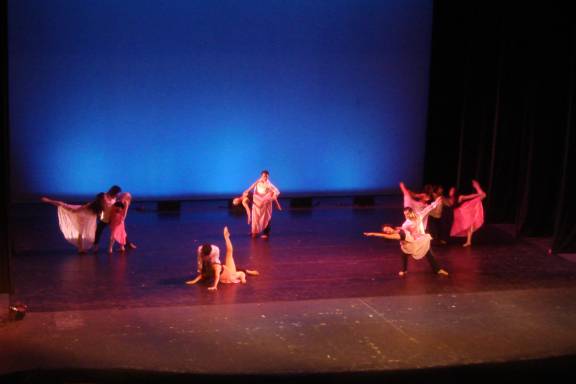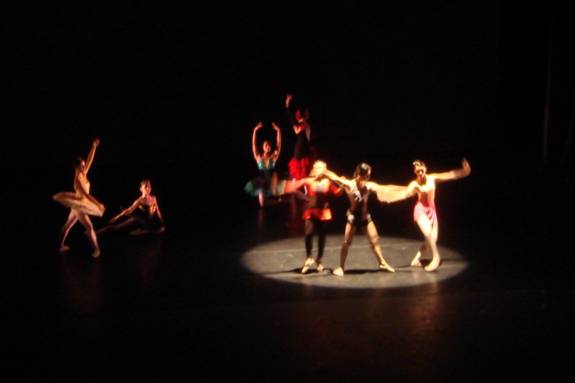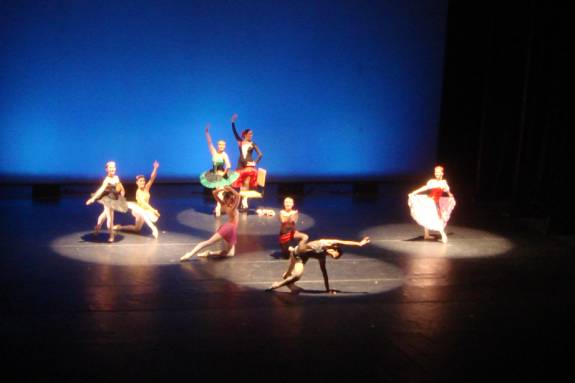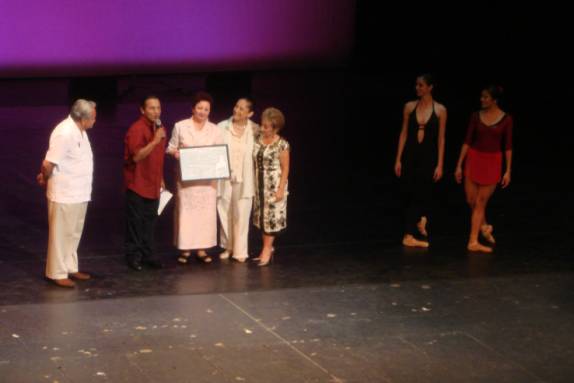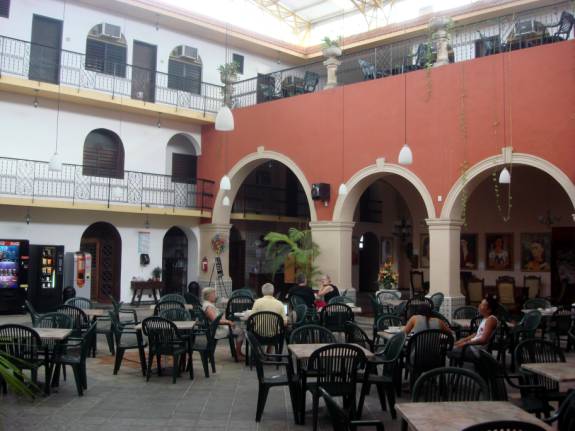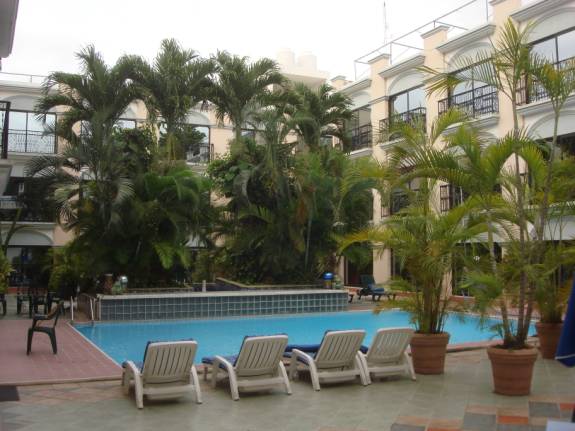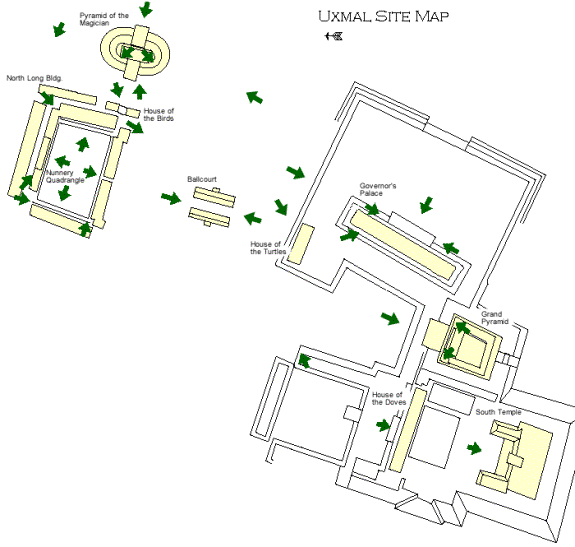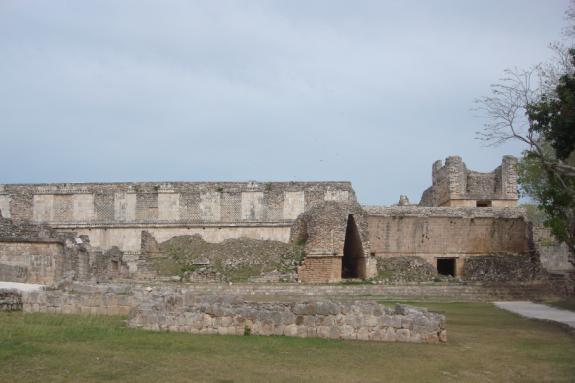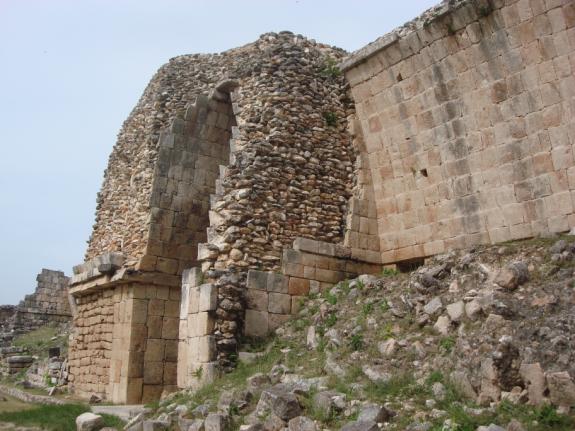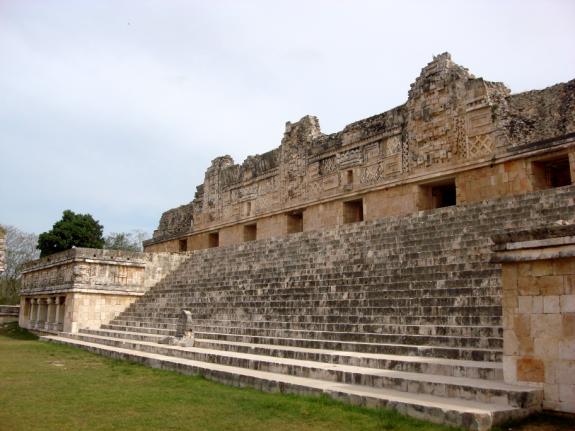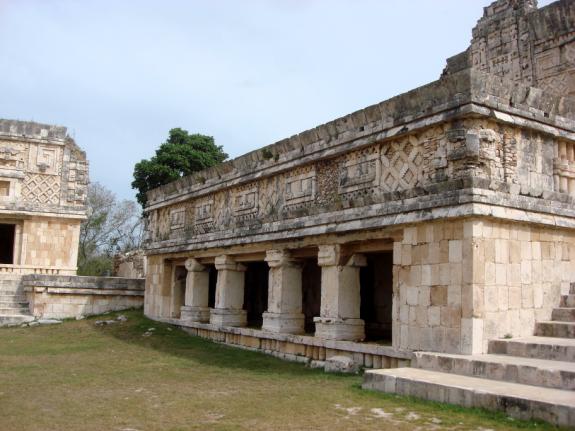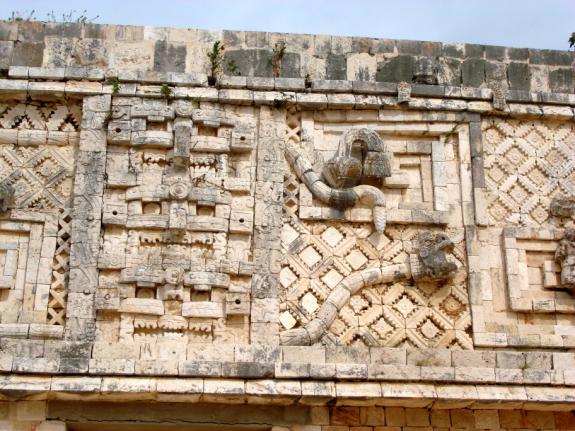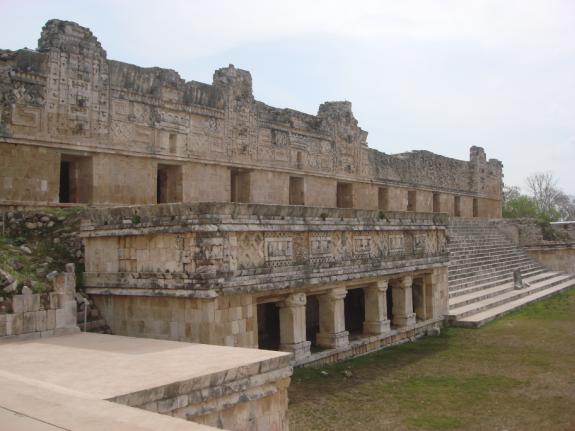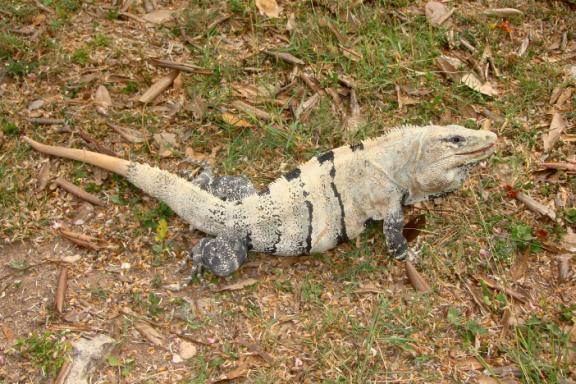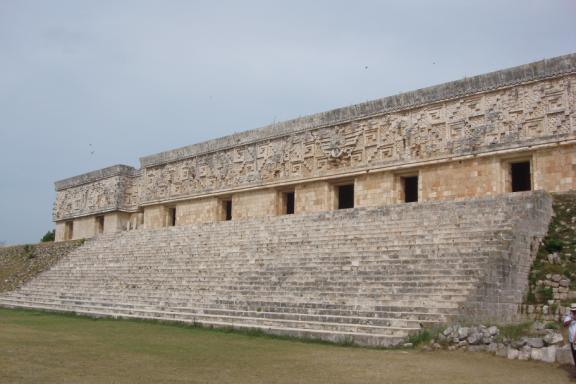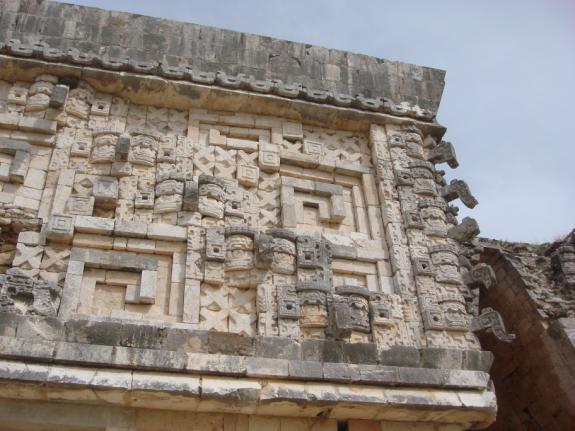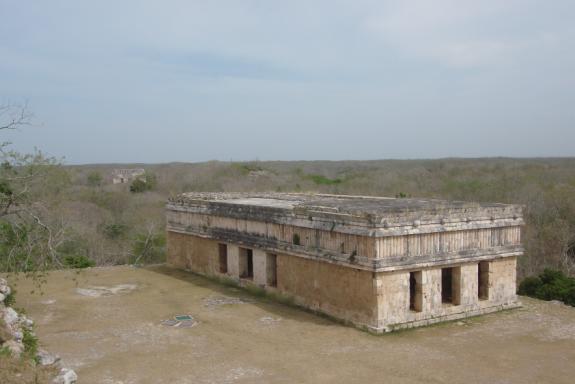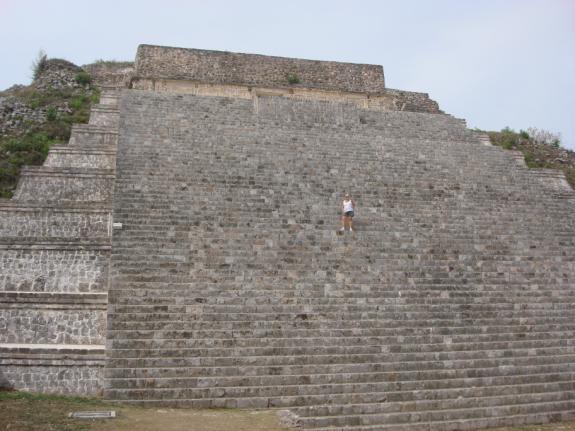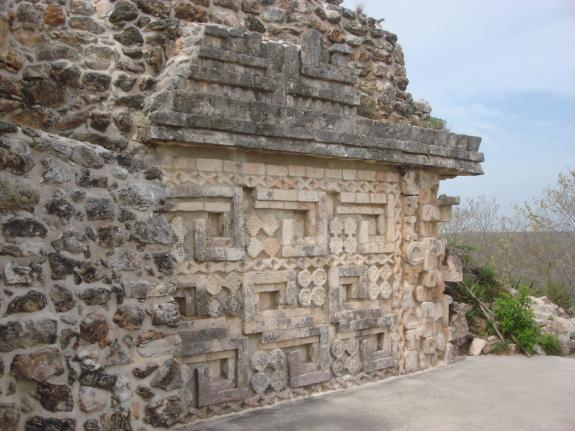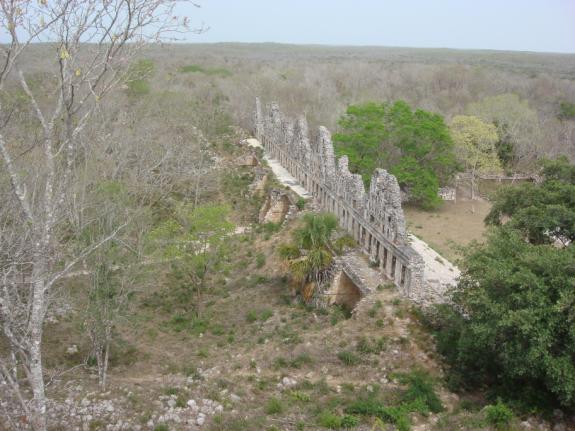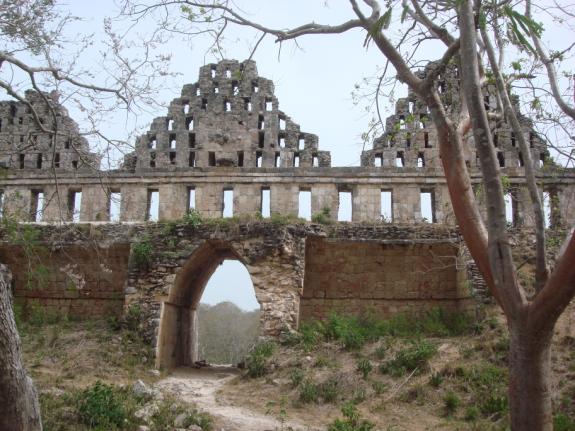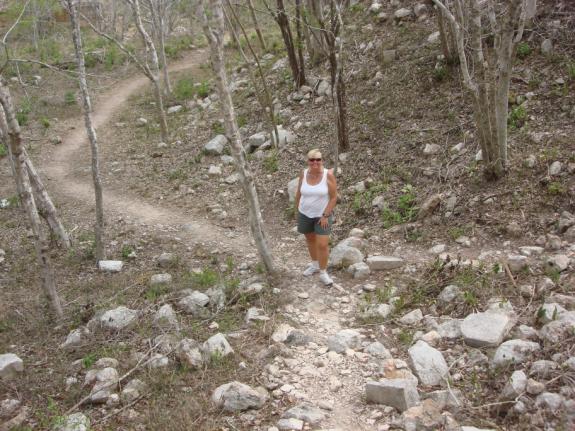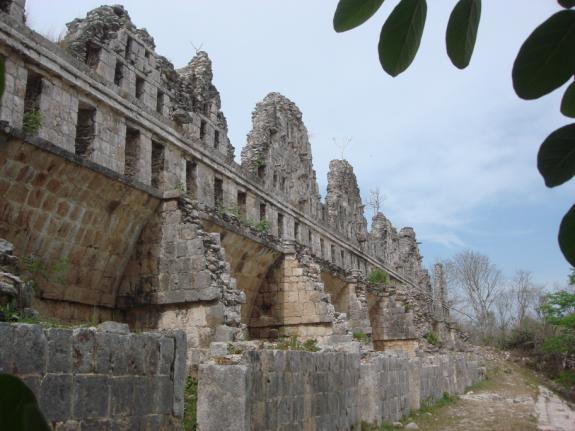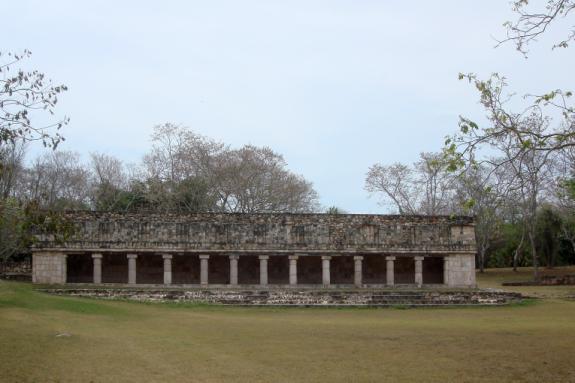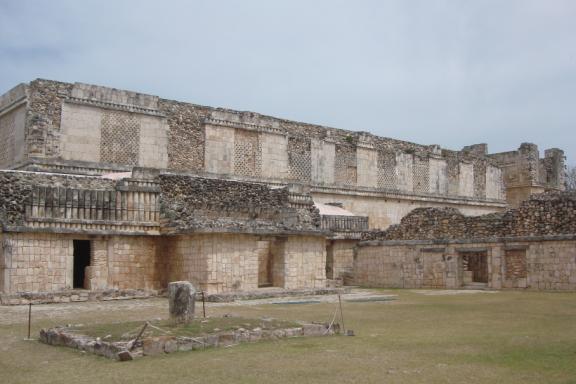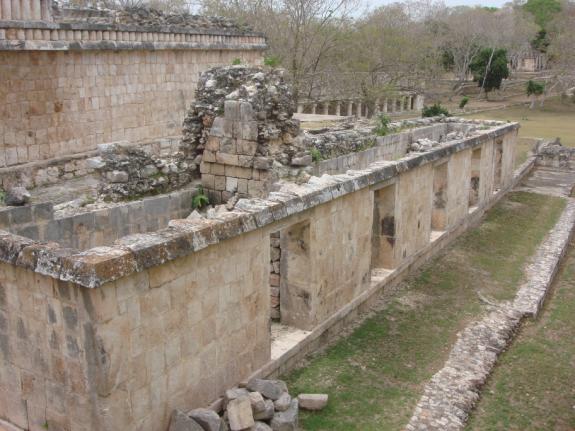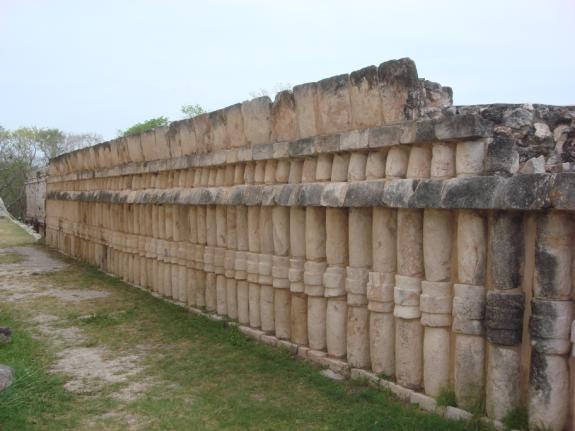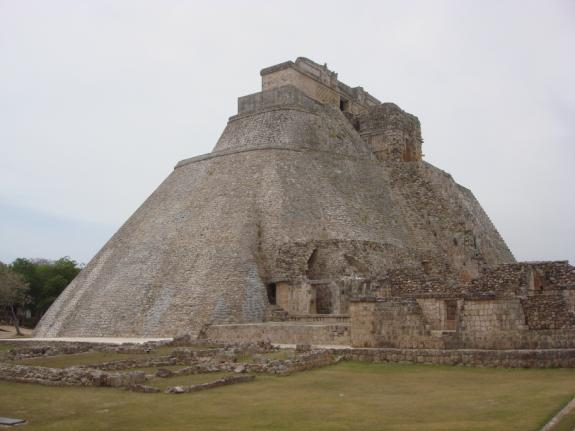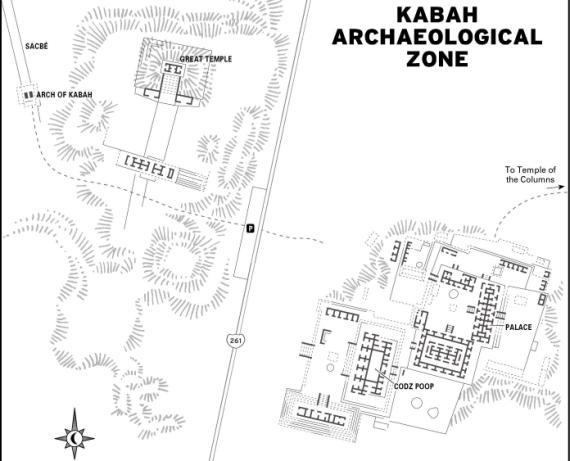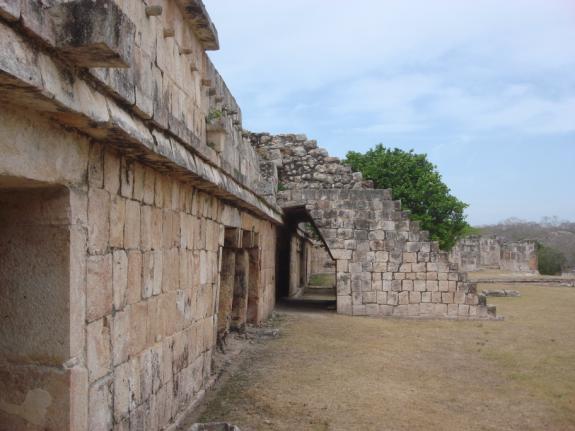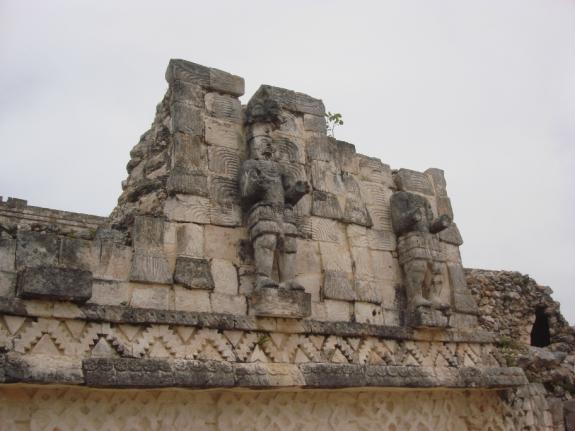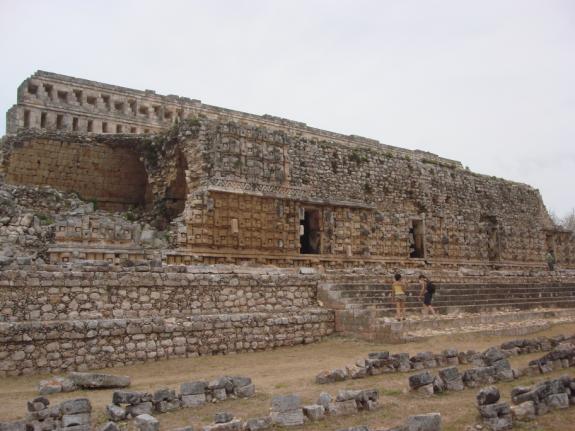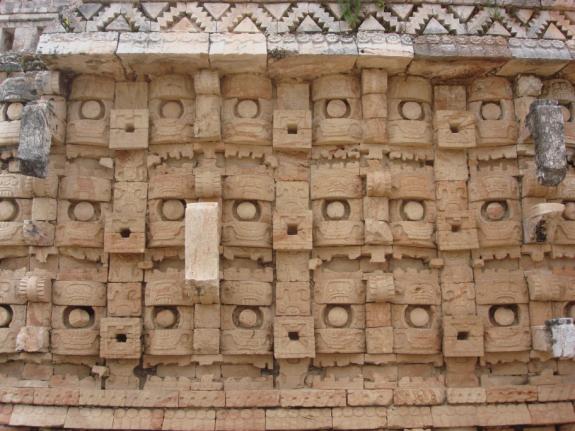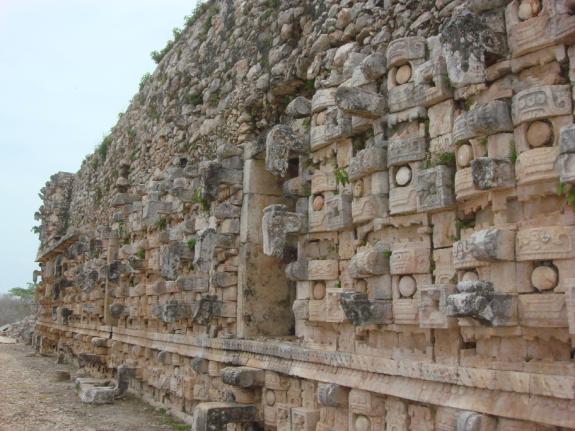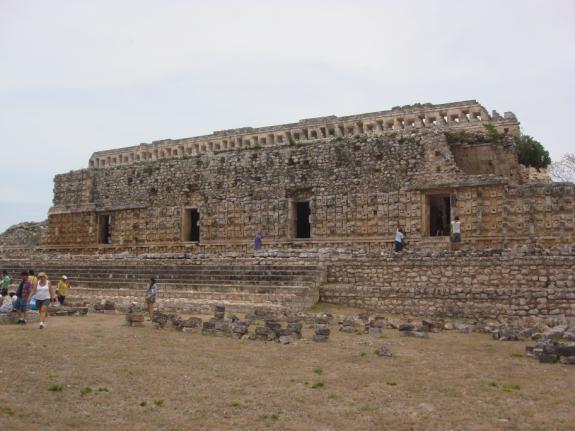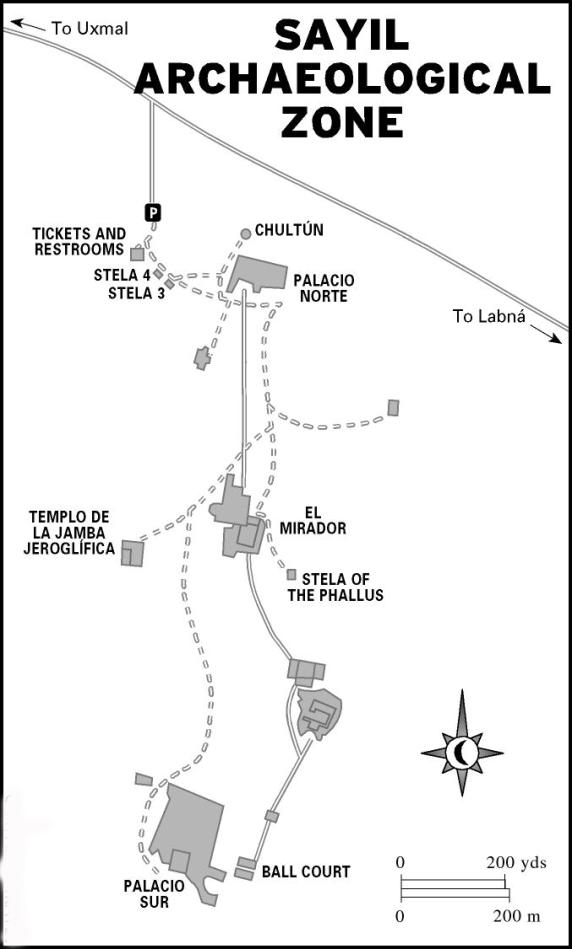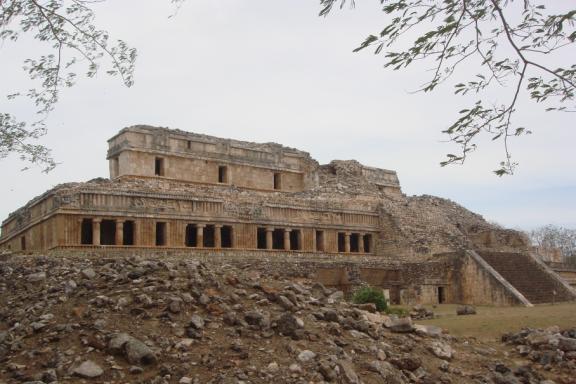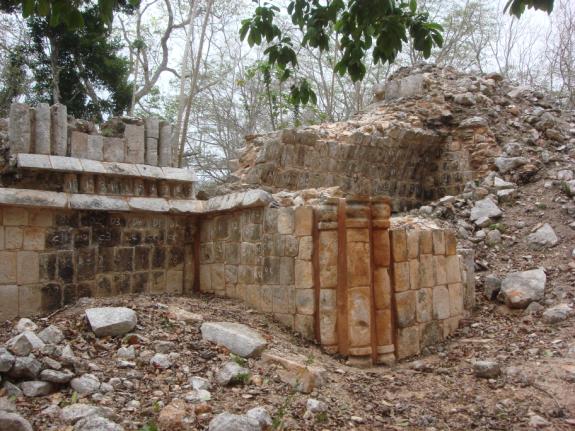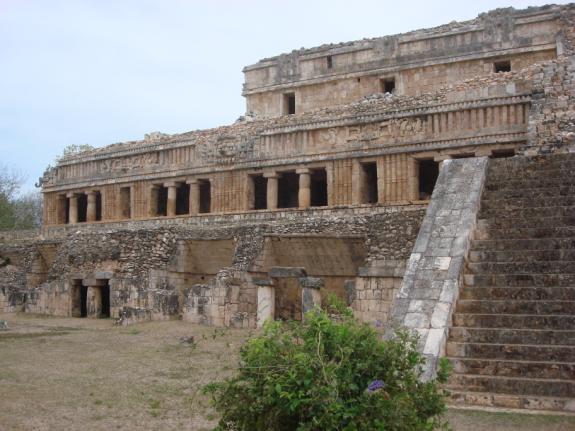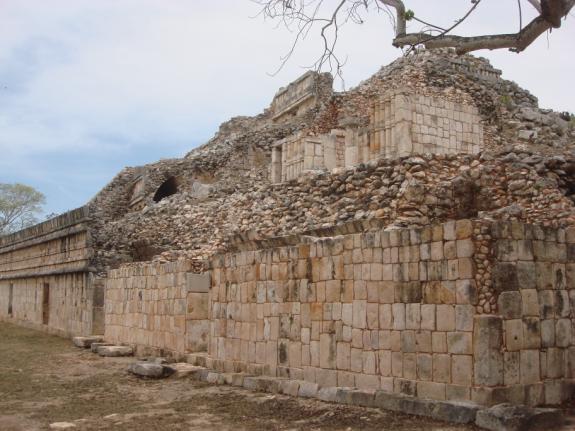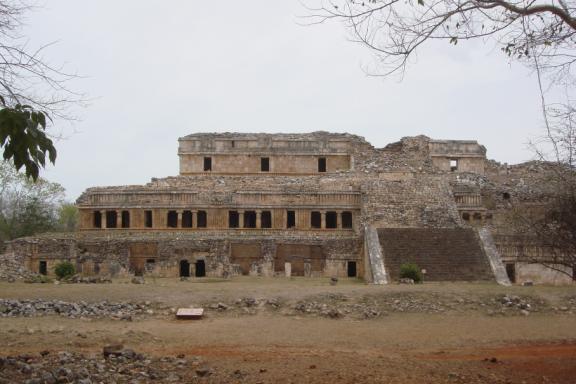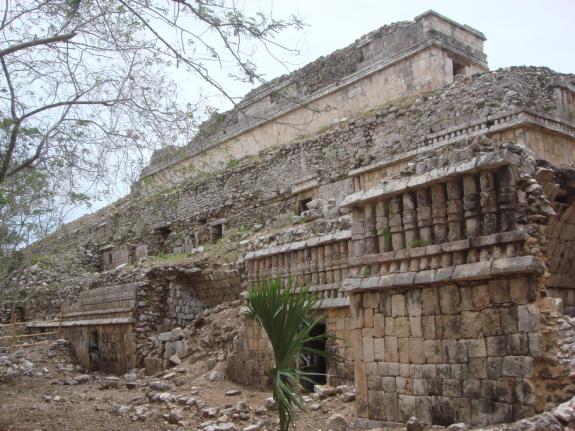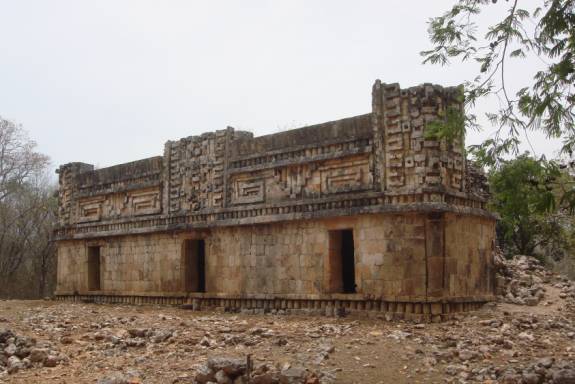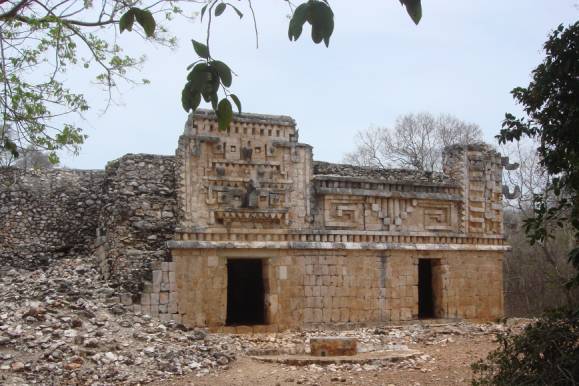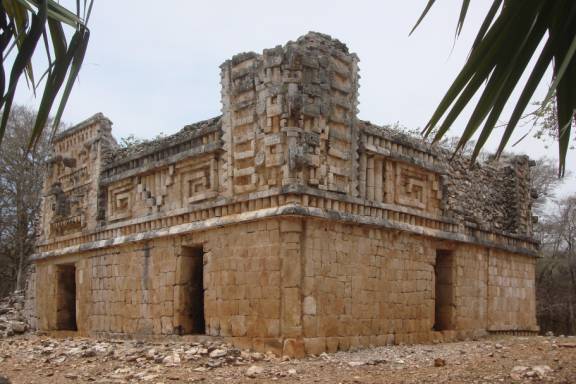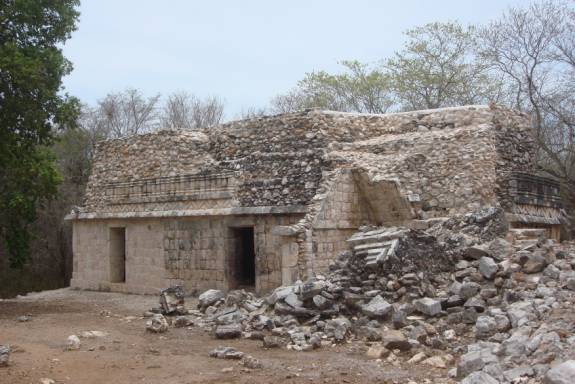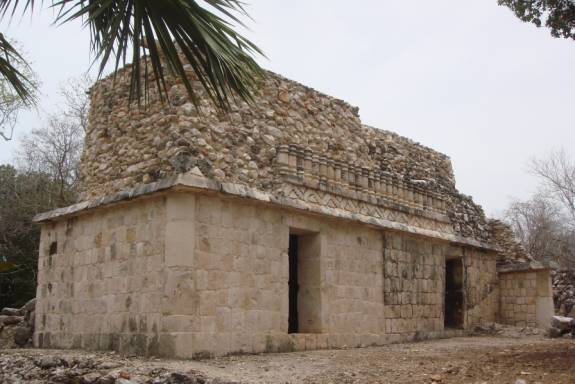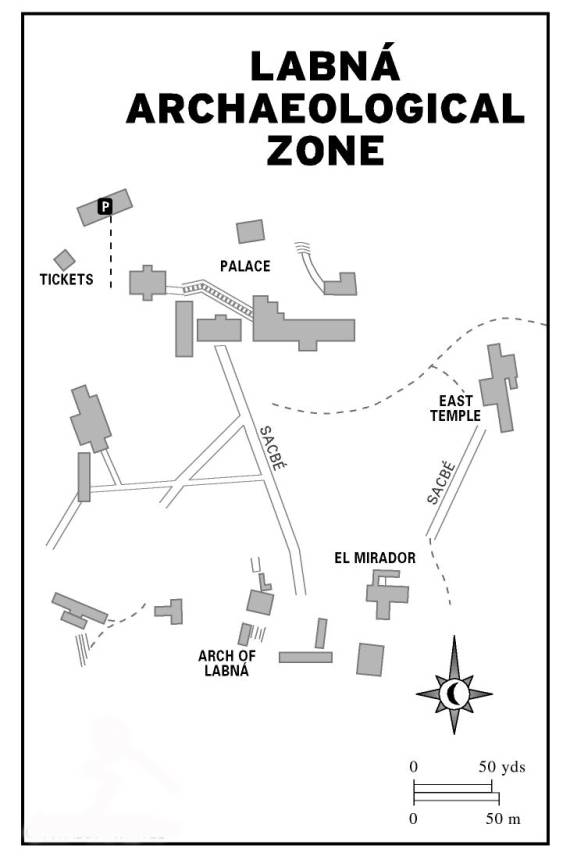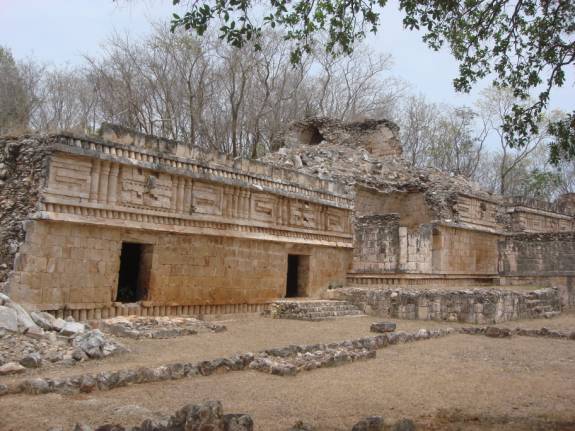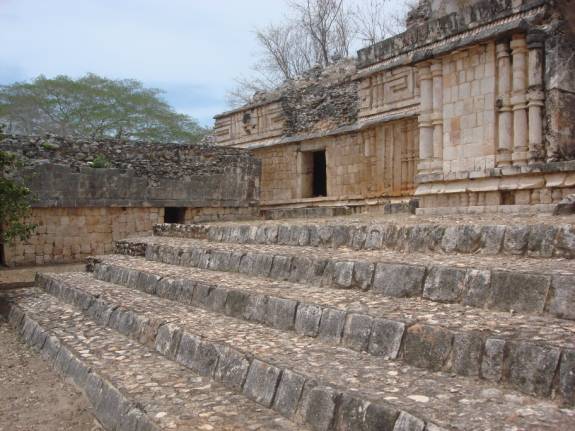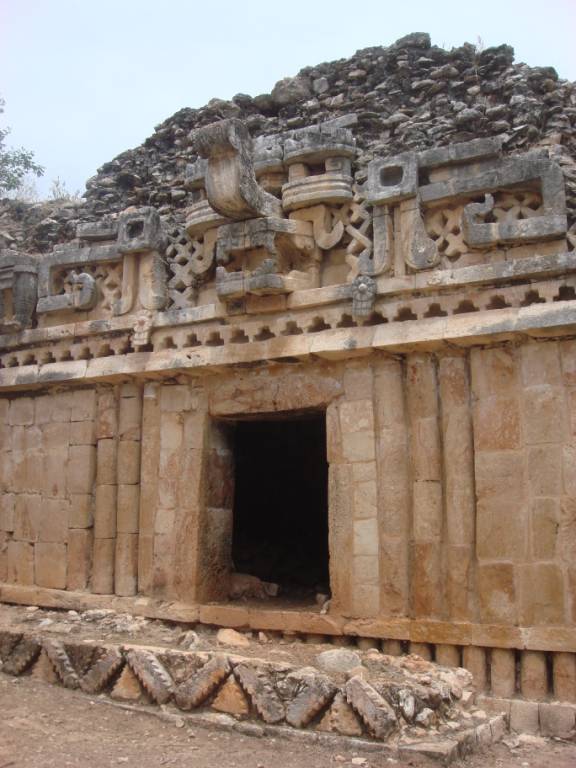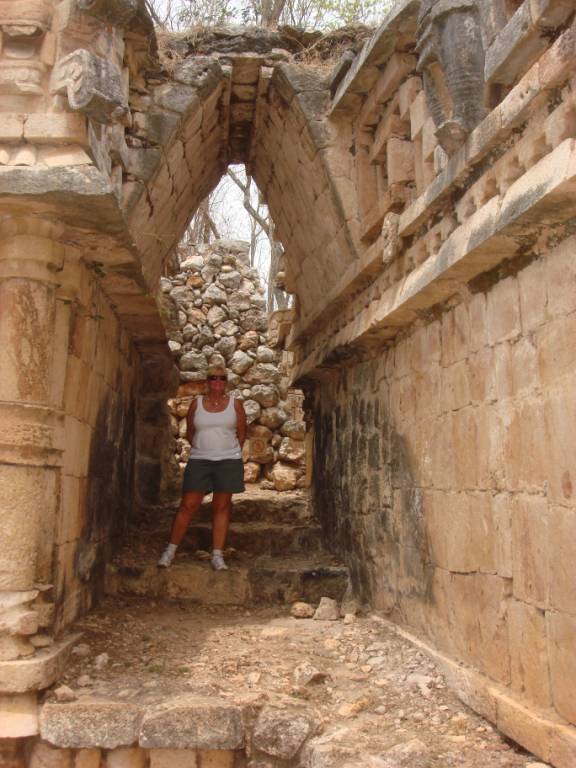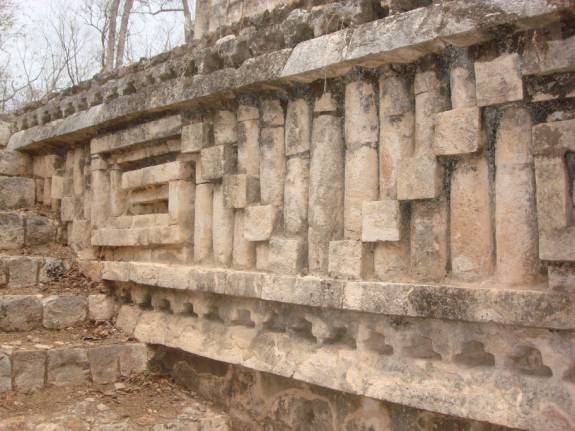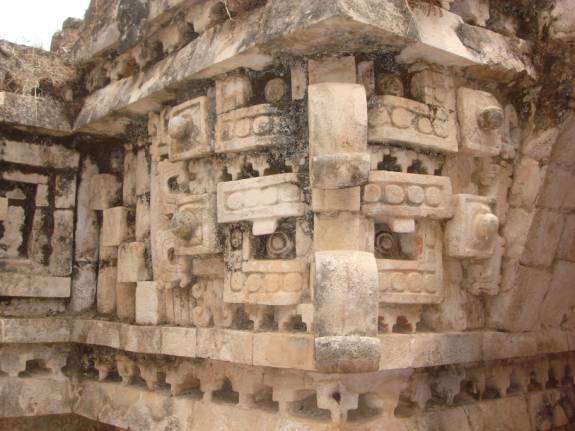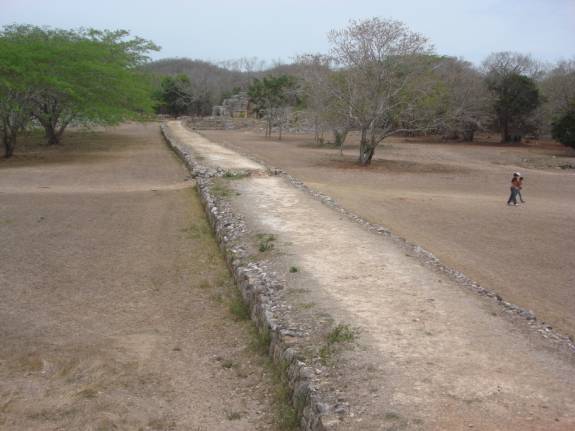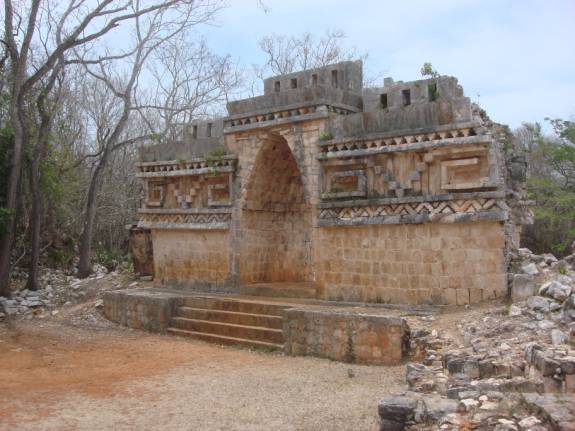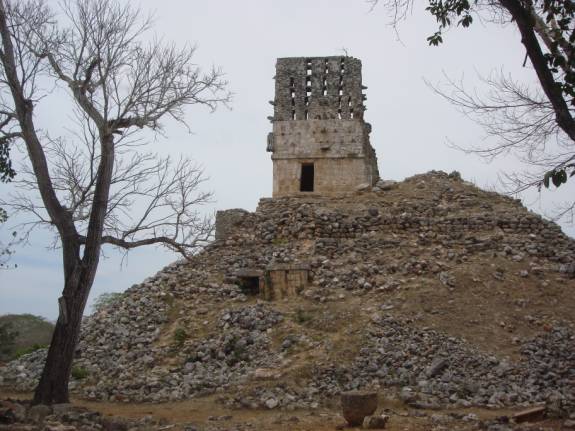|
|
|
|
Site Index:
|
UPDATE#13
05/01 thru 05/02 PART A
Howdy
Everybody, The adventures
of 2006, 2007, 2008, 2009, and thru 04/30/2010 have been published on the
website. We continue with the
latest edition. UPDATE
2010 #13 05/01/2010 to 05/02/10
(PART A) At last update,
we were traveling on a Yucatan adventure in Mexico.
Welcome back to our continuing adventure… 05/01/10
SATURDAY MERIDA to
CELESTUN to MERIDA, YUC.
Our morning started with the drive west to the coastal fishing village of
Celestun. The daytime temperatures
have been excessively hot, much hotter than normal.
The area is well known for the large gatherings of flamingos.
We had hoped to get a boat to go see some.
Since our last visit to this town, the boatmen have organized a
cooperative and have set the prices very high.
It used to be a bargain. A
1-hour trip will now cost you about $60. We
declined. At least they were honest
in telling us that there were no flamingos in the area now anyway.
At the shore and beach, the wind was offshore, making it very hot on the
sands.
Lots of Mexican families were seeking relief in the gulf waters.
Remnants of the old, square lighthouse and the lighthouse structure
currently in operation…
At this beachside palapa, La Playita Restaurant, Judy got to enjoy the
“pescado relleno” (fish fillet stuffed with seafood mix, then breaded and
fried).
An ice cream salesman struggles to push his bicycle cart through the
soft, sugary sand.
During the return trip, we spotted the remains of an old hacienda.
Many years ago, the area was very productive in raising hemp and making
rope from the sisal fibers.
Merida’s new animal park, Animaya opened on April 30, 2010, which is
Children’s Day in Mexico. The park’s full name is, Animaya, Parque del
Bicentenario…
We couldn’t resist the ride across the lake and back on “El
Teleferico”…
Another fun attraction was the miniature train that circumnavigates the
park.
It was fun watching the kids playing, especially on this airplane
feature…
A large zoo area houses lots of creatures, big and small…
“My, What Big Teeth You Have…” ;
“All The Better To Chomp You With, My Dear…”
Hippopotamus…
We returned to the historic center of Merida for another wonderful
evening…
The seats of the Teatro Peon Contreras were filled to capacity.
The evening entertainment commenced with a huge guitar ensemble.
The main event focused on the Ballet.
Many, many of Mexico’s ballet dancers assembled to perform a special
tribute to a renowned Maestra and Professor of Ballet Dance at the University in
Merida. She has provided her
teaching talents for 45 years of service to the arts.
The tremendous respect for this honored Profesora de Danzas was clearly
evident…
05/02/10
SUNDAY MERIDA to UXMAL and
the PUUC REGION
The breakfast area at the Hotel Dolores Alba…
UXMAL
UXMAL is one of our favorite Mayan archaeological sites.
Having visited here numerous times, I continue to be amazed by its
magnificence.
Very unusual because of its rounded, curved sides, the Pyramid of the
Magician (sometimes called, the House of the Dwarf) rises dramatically to
its temple structure at the top.
There are 150 steps, which are flanked by masks depicting the rain god.
Most of the ancient city's
extensive construction took place while Uxmal was a major Mayan capital (circa
850-925 AD), though after about 1000 AD, Toltec invaders took control and most
development had ceased by 1100 AD.
The area, known as the Nunnery, contains a series of four
temples, or structures, positioned around a quadrangle courtyard…
One of the friezes depicts a pair of feathered serpents, including
rattler tails and a man emerging from the snake’s mouth. Numerous human and
animal figures are interspersed.
The ball court area…
Prehistoric-looking Iguana roam freely around the grounds…
The
Governor’s Palace…
View of the Nunnery and the Temple of the Magician…
House of the Turtles (or Temple of the Turtles)…
The Great Pyramid is older than most of the buildings on the site and
dates about 750-850 AD. The temple at the top bears carvings of birds and is
most often called the Temple of the Macaws.
Just ask Judy, that’s one heck of a lot of steps…
The beautiful, but unfortunately in near ruin, the House of the Doves…
Fred descending the steps of the Great Pyramid…
Facade of the “House of the Doves”…
With Judy standing on the path below, I am delightfully reminded of my
very favorite poem by Robert Frost: The Road Not Taken (1915).
…and I quote: Two
roads diverged in a yellow wood,
Traveling independently, we were able to move around the site easily.
Since most visitors were in groups, we could avoid any crowding.
North Long Building in the Nunnery Quadrangle…
Leaving Uxmal, we continued along the PUUC Route to explore more fabulous
sites. KABAH
The Kabah area was inhabited by the mid 3rd century BC. Most of the
architecture now visible was built between the 7th century and 11th centuries
AD. A sculpted date on a doorjamb of one of the buildings gives the date 879,
probably around the city's height. Another inscribed date is one of the latest
carved in the Maya Classic style, in 987. Kabah was abandoned or, at least, no
new ceremonial architecture built for several centuries before the Spanish
conquest of Yucatán.
The Palacio in the Palace Group…
The Palace Group…
The most famous structure at Kabah is the "Palace of the
Masks", the façade decorated with hundreds of stone masks of the
long-nosed rain god Chaac; it is also known as the Codz
Poop.
The massive repetition of a single set of elements is unusual in Maya
art, and its use here is a unique effect.
SAYIL
Sayil first was settled circa 800 AD, in the Late Classic Period,
possibly by small warrior groups. The city reached its greatest extent around
900 AD, when it covered an area of approximately 3 square miles and had a
population of approximately 10,000 in the city and an additional 5,000 to 7,000
living in the surrounding area.
Sayil began to decline circa 950 AD and the city was abandoned by 1000
AD. This probable pattern of rapid
growth, followed by significant decline, appears typical throughout the Puuc
region. Arqueologists suggest that
Sayil was governed by a local royal dynasty.
Their wealth and power appears to be based upon their control of the best
agricultural lands.
The Great Palace is the
largest and most well known building at Sayil.
XLAPAC
Xlapac
(or Xlapak) is a small Maya archaeological site located in the heart of the Puuc
region, lying directly between the two sites of SAYIL and LABNA.
These site dates from the Late to Terminal Classic periods and was
situated in an area best suited for agriculture activity.
The decorations at Xlapak
are well preserved and include masks of the Maya rain god Chaac.
LABNA
Labná translates from the
Mayan language to mean, “old or abandoned house”. Labna is one of the five
main Puuc region sites, which include Xlapac, Sayil, Kabah, and Uxmal. At its
height, this site had an estimated population of about 4500.
The style of all the buildings is usually defined as late Puuc (9th-10th
century AD).
It includes the principal
palace, consisting of more than 60 rooms.
The architectural style
characterized by stone mosaic friezes made up of masks, latticework, and other
stylized elements (i.e. zigzags representing serpents).
Sacbe…
Perhaps, one of the most
beautiful of all Mayan arches…
…a watchtower, El Mirador,
sits atop a pyramid that is mostly in ruble.
The Temple of the Columns…
This day is not over yet,
folks... We have a lot more of
today’s activities to share with you. Our
late afternoon and evening adventures will continue in the next update edition.
CONTINUING
UPDATES ARE IN PROGRESS… WATCH FOR THEM, COMING SOON… POST SCRIPT:
We sincerely hope that you will
review the previous years of compilations to give context to the current
editions. Please let us know if you
have any special suggestions and thoughts.
REMEMBER:
The website is now fully active and you can visit it at any time.
You can also review any of the previous logs from the years 2006, 2007,
2008, and 2009 to learn more about the crew and their many adventures.
Enjoy. ATTENTION:
SPECIAL NOTE:
You may contact us via
email anytime. Thanks
for allowing us to share our life and adventures with you. Lotsa
Luv, Fred
Reed and Judy Law AMARSE MT40 "AMARSE"
is
pronounced "AM-ARE-SAY".
Our website is: www.amarse.net
. CONTINUING
UPDATES ARE IN PROGRESS…
WATCH FOR THEM, COMING SOON…
|
|
Fred H. Reed |
www.amarse.net © 2006 2007 2008 2009 2010 2011 |

